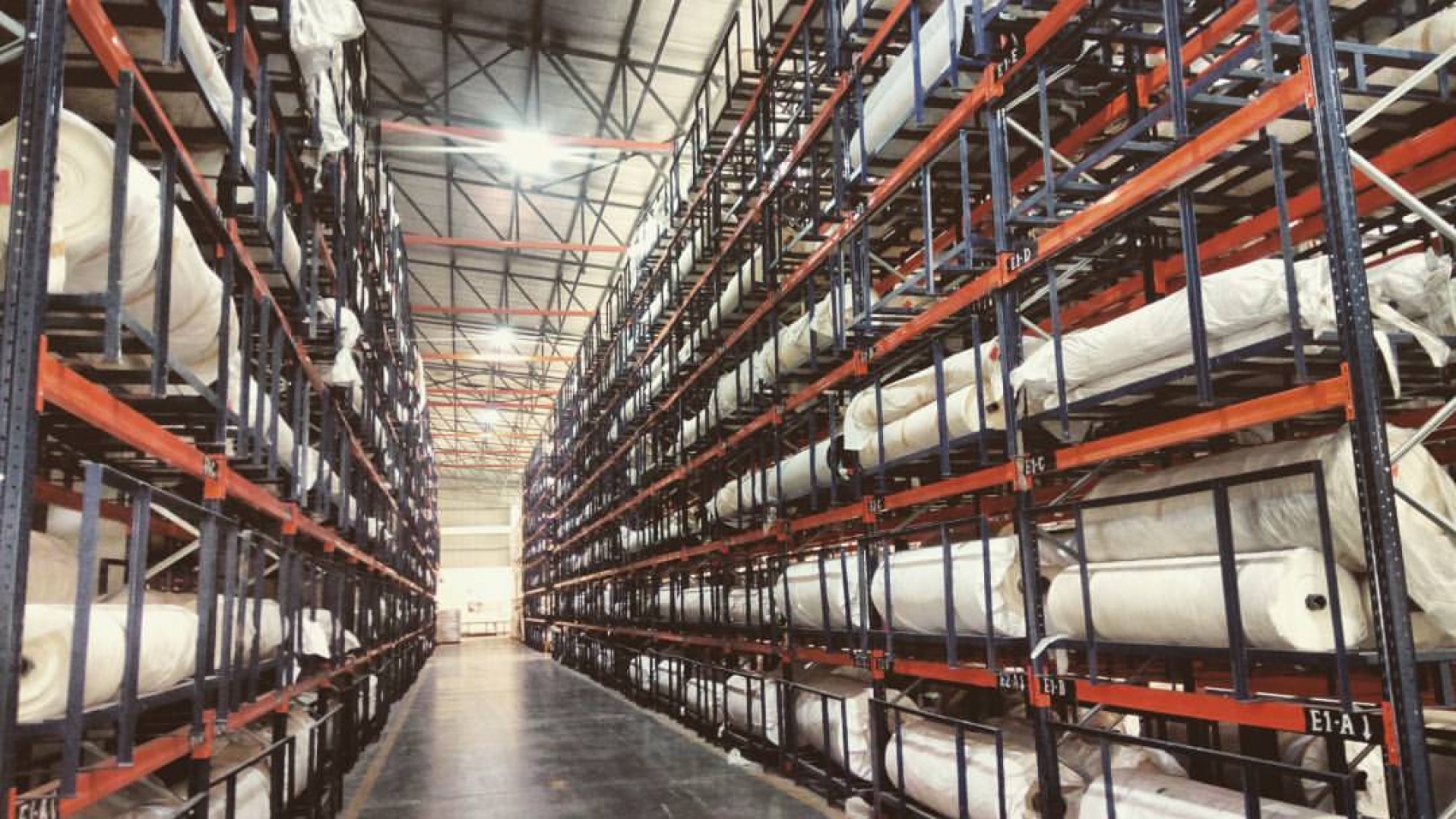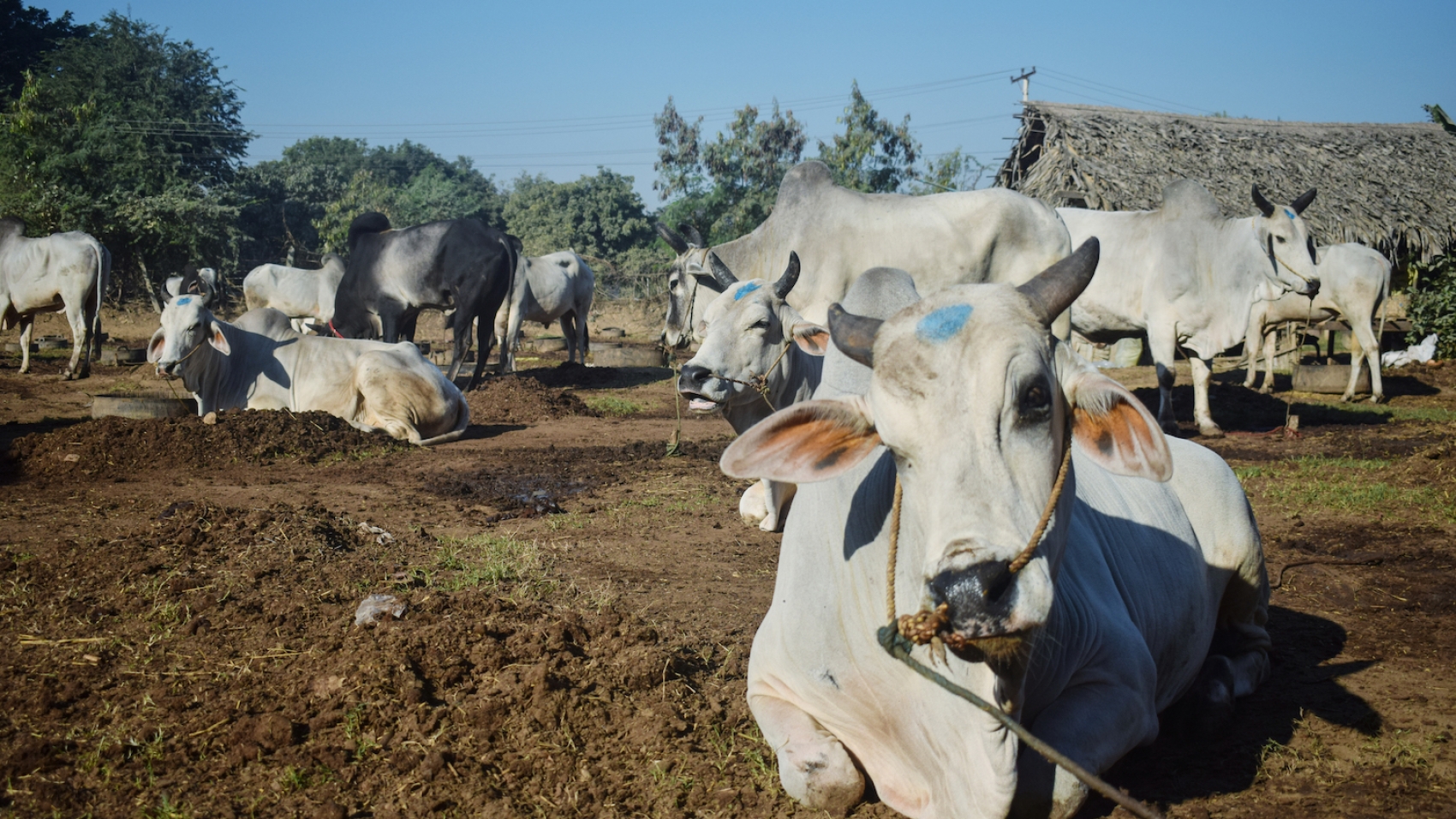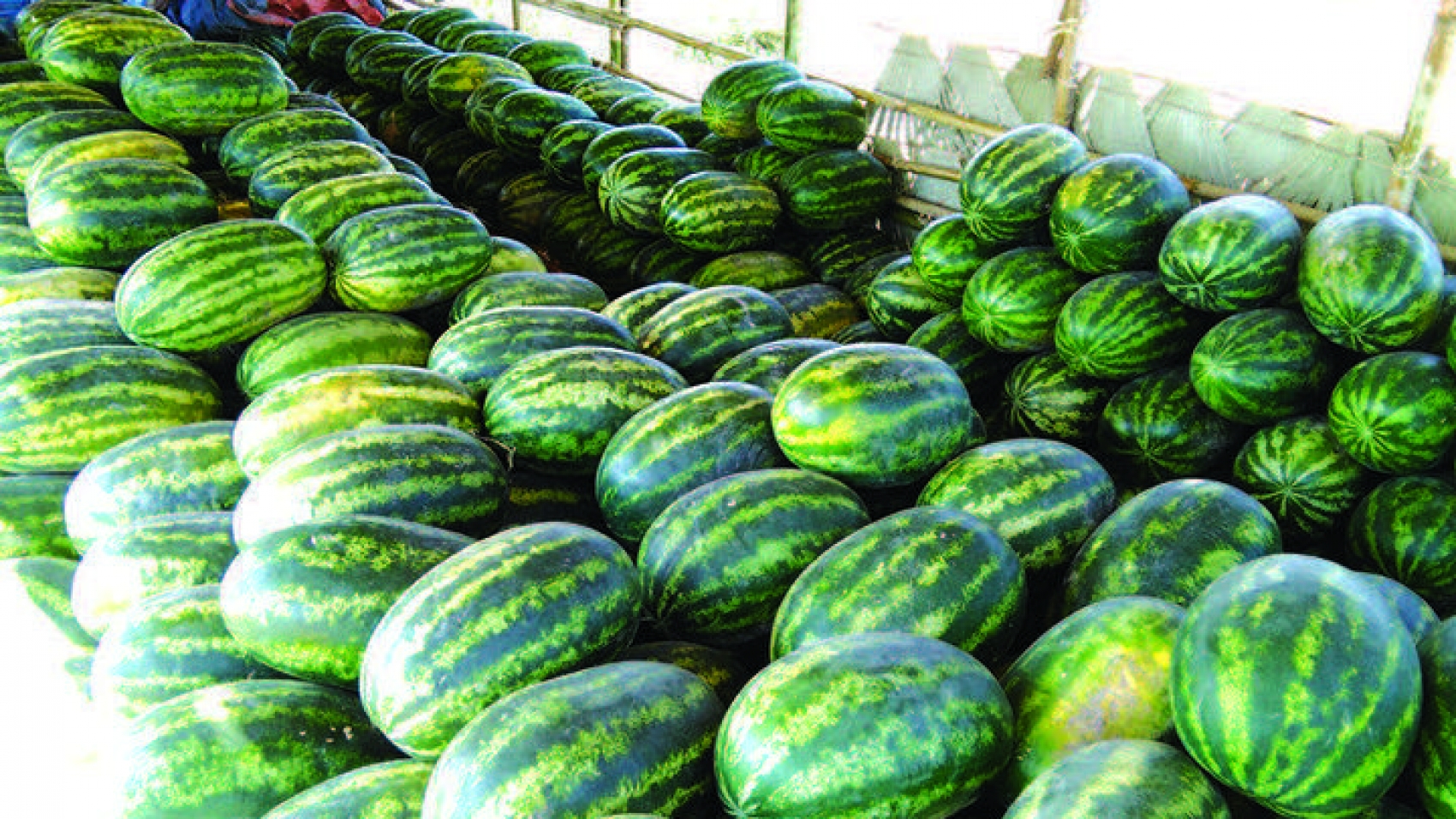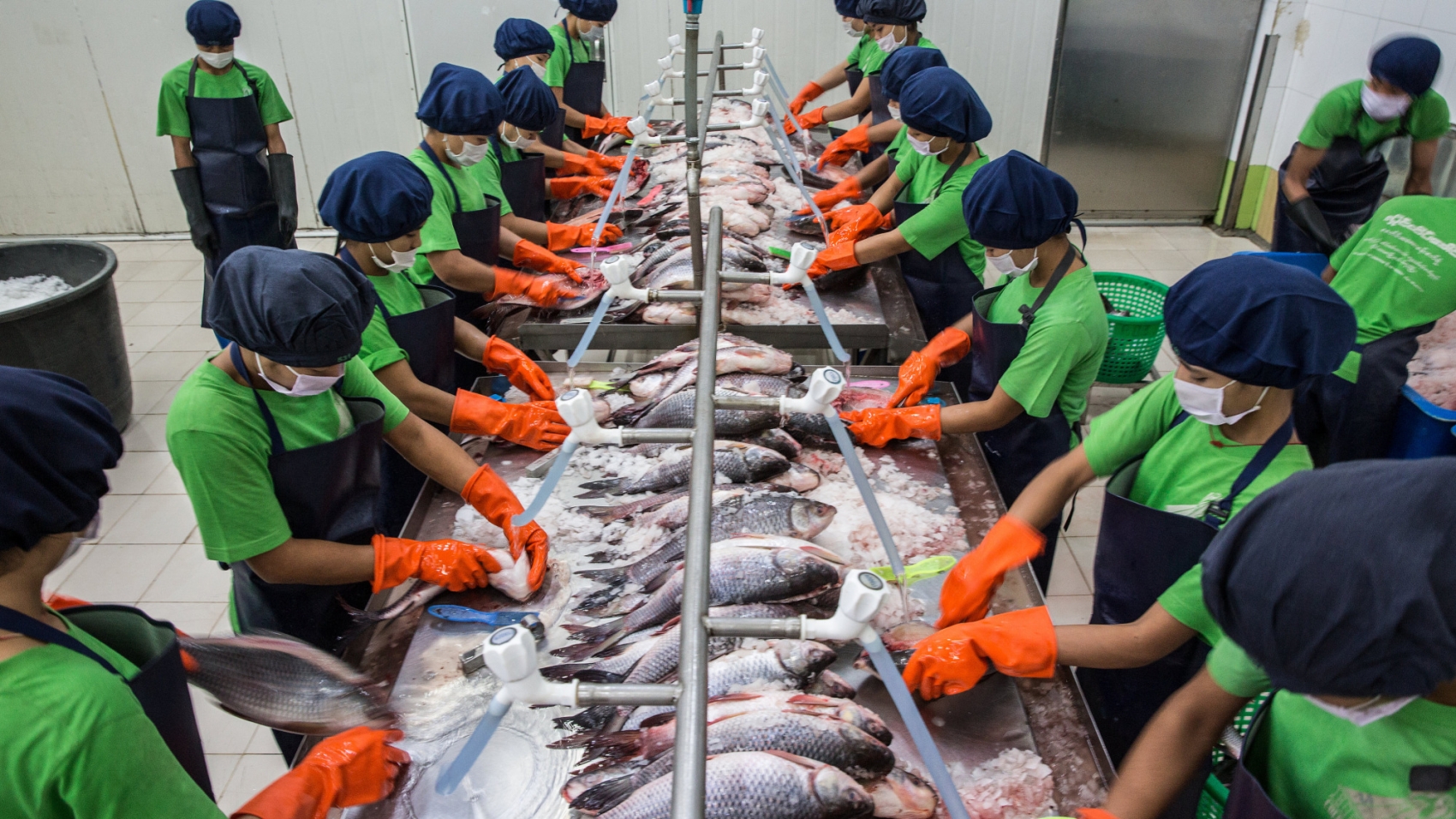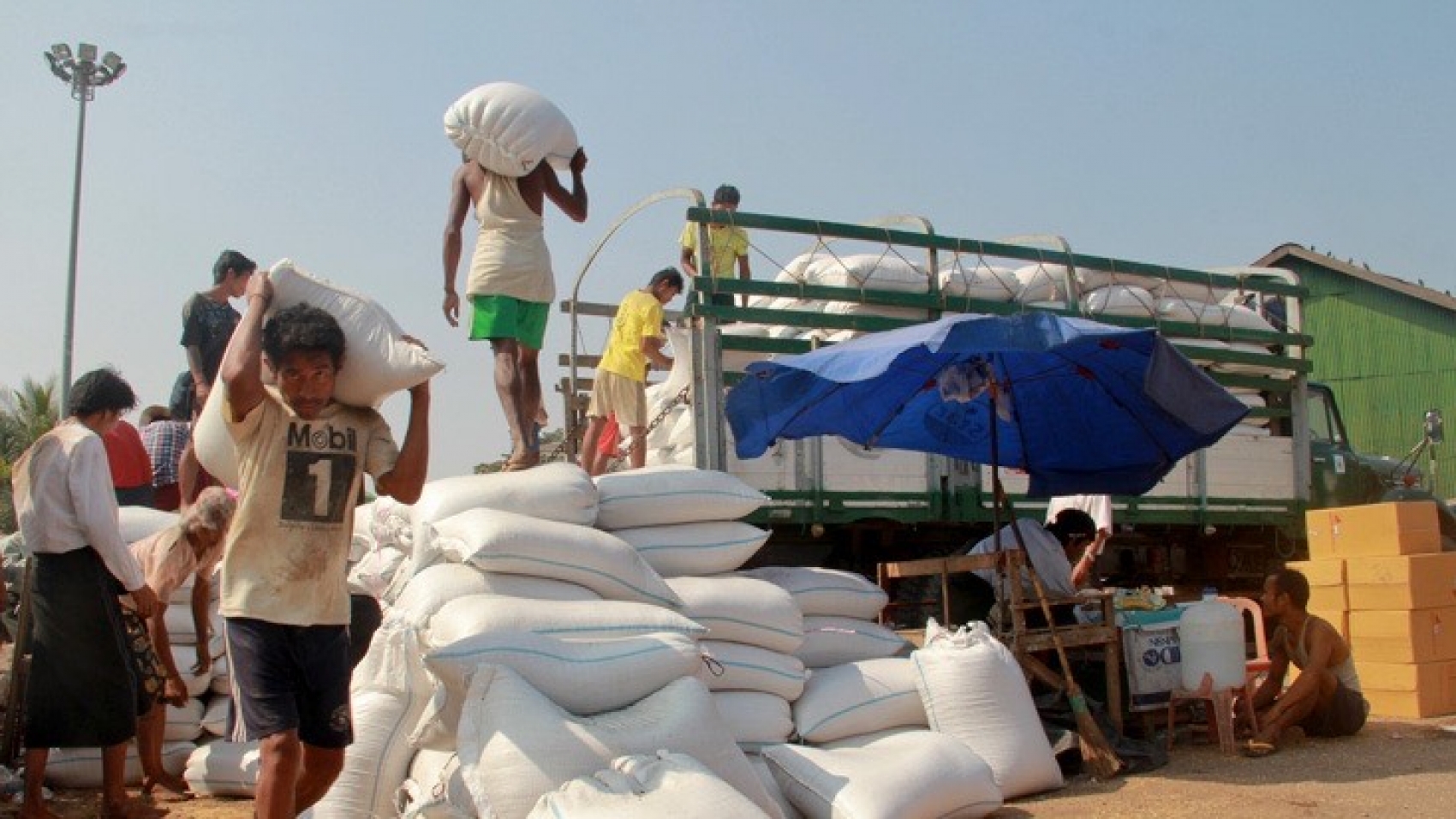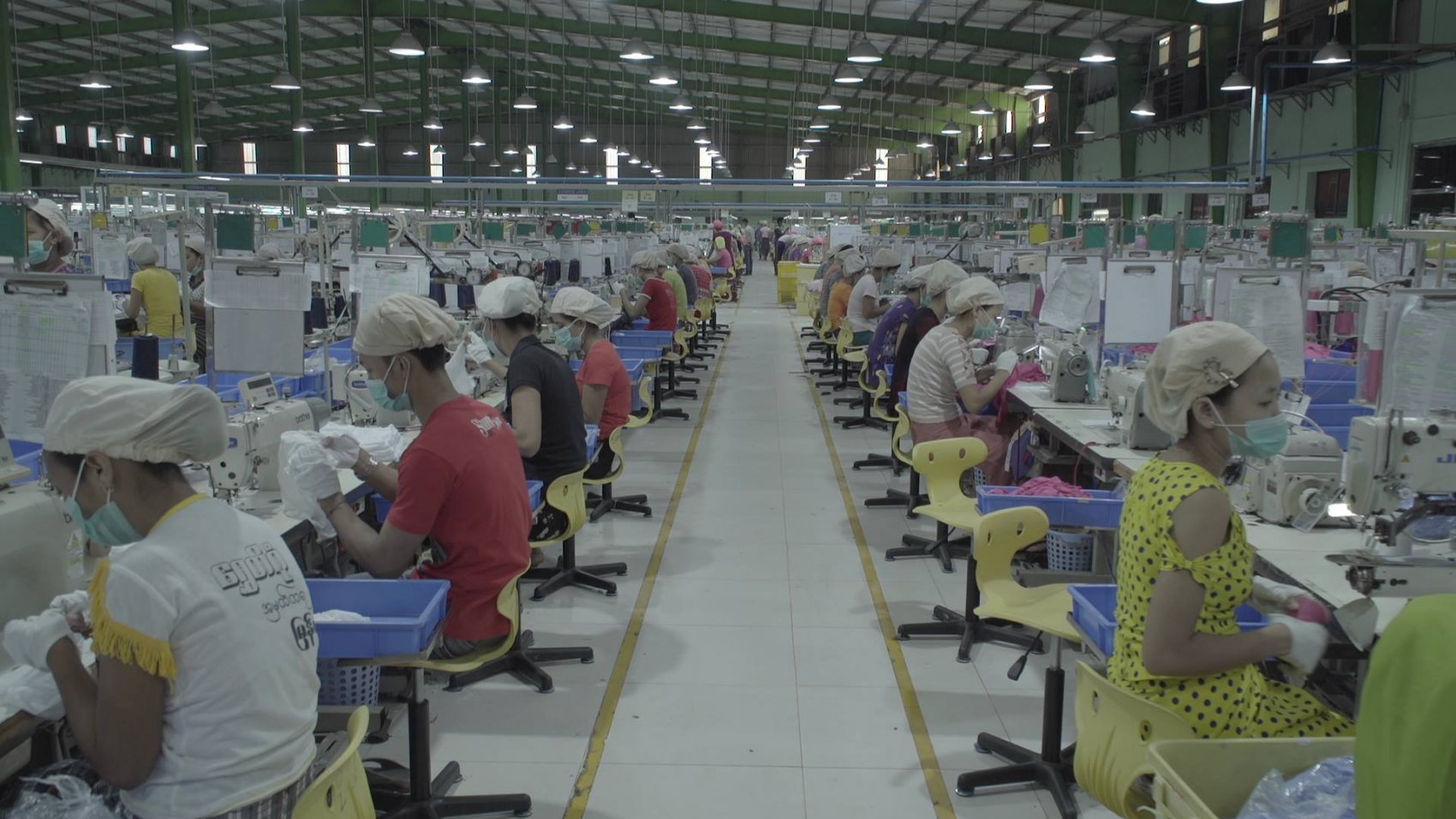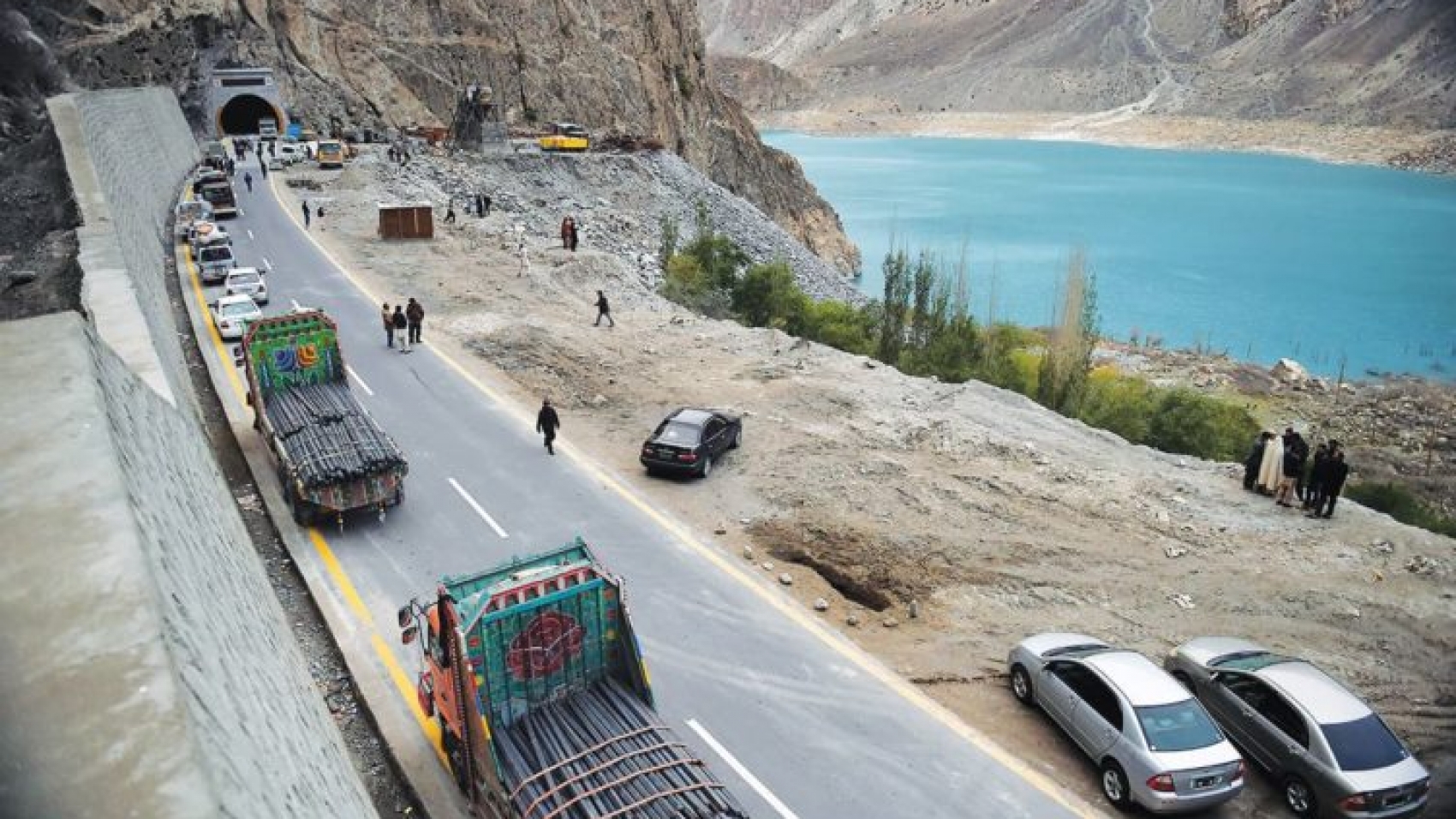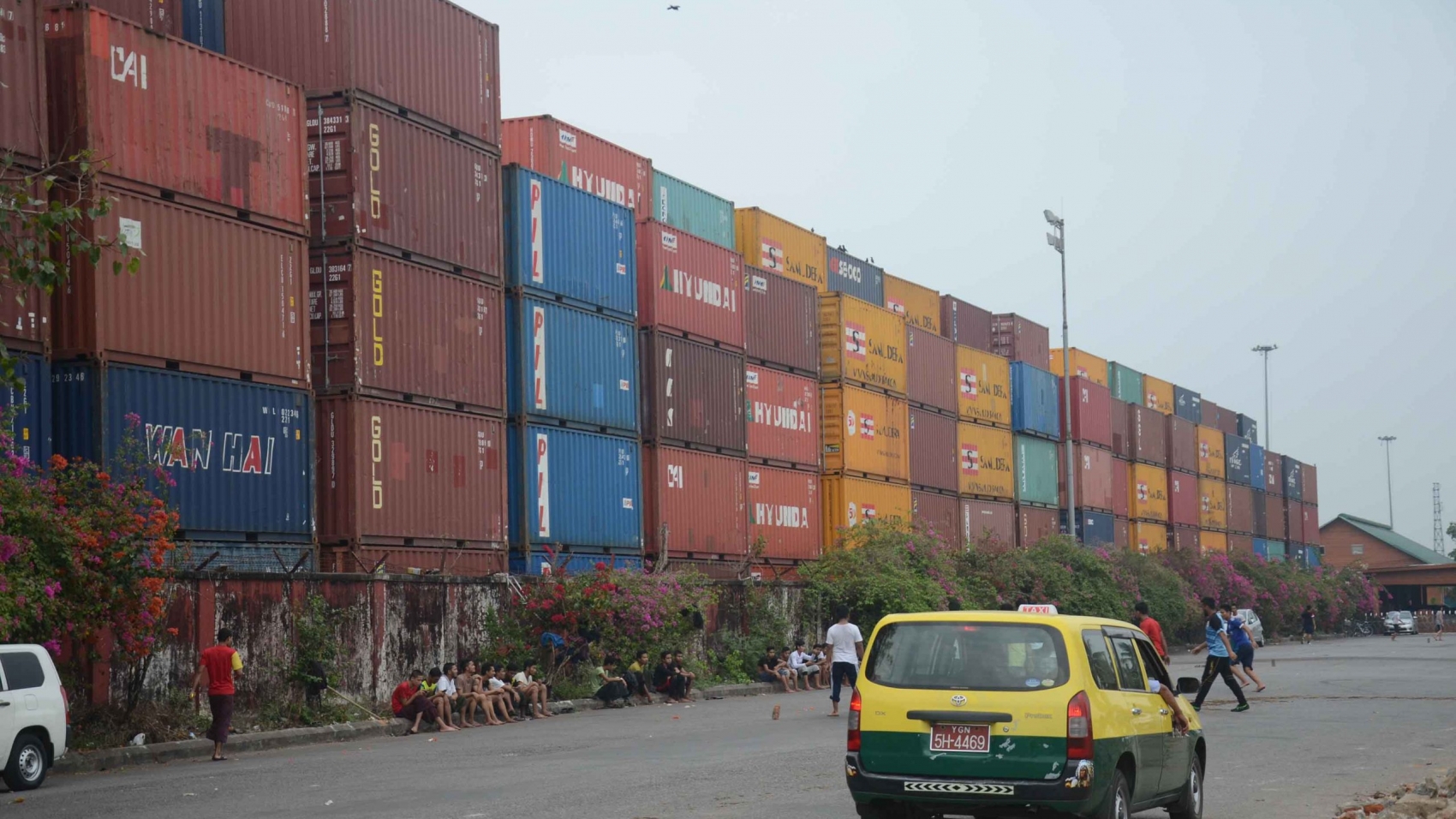As of the end of May of the 2020-2021 fiscal year, more than $ 3,750 million in foreign investment was approved, including more than $ 254 million in foreign investment, including increased investment in the manufacturing sector, according to the Directorate of Investment and Company Administration. From the 2016-2017 fiscal year to the end of May 2021, Myanmar citizens invested more than 2,586 billion kyats in Myanmar’s manufacturing sector, accounting for nearly 23 percent of the total national investment, according to the Directorate of Investment and Company Administration.
From the 2016-2017 fiscal year to the end of January 2021, the national investment in the real estate sector was over 3,071 billion; In other sectors, more than 1,868 billion kyats; In the manufacturing sector, more than 2556 billion kyats; Over 1,141 billion kyats in the telecommunications and transportation sector; Over 1,125 billion kyats in the hotel and tourism sector; More than 436 billion kyats in the energy sector; Over 324 billion kyats in the industrial zone sector; Over 347 billion kyats in the livestock and fisheries sector; Over 228 billion kyats in the construction sector; In the mining sector, more than 75 billion kyats; More than 42 billion kyat has been invested in the agricultural sector and more than 13 billion kyat in the oil and gas sector.
In the fiscal year 2019-2020, 130 new Myanmar venture capital projects were approved, with a total investment of over 1,881 billion kyats, including a total investment of over $ 413 million. The Myanmar Investment Commission has approved a total of 130 new projects for Myanmar citizens in the 2019-2020 fiscal year with a total investment of US $ 266.873 million, including US $ 266.873 billion, for 1535.075 billion kyats. 1881.459 billion kyats was allowed to operate, including 618 million. The Myanmar Investment Commission has approved a total of 245 new ventures for foreign investment in the 2019-2020 fiscal year with a total investment of $ 4.235 billion, and has approved a total investment increase of $ 1.291 billion for 110 existing projects, including an increase in investment of $ 5.56 billion.
Source: Daily Eleven

